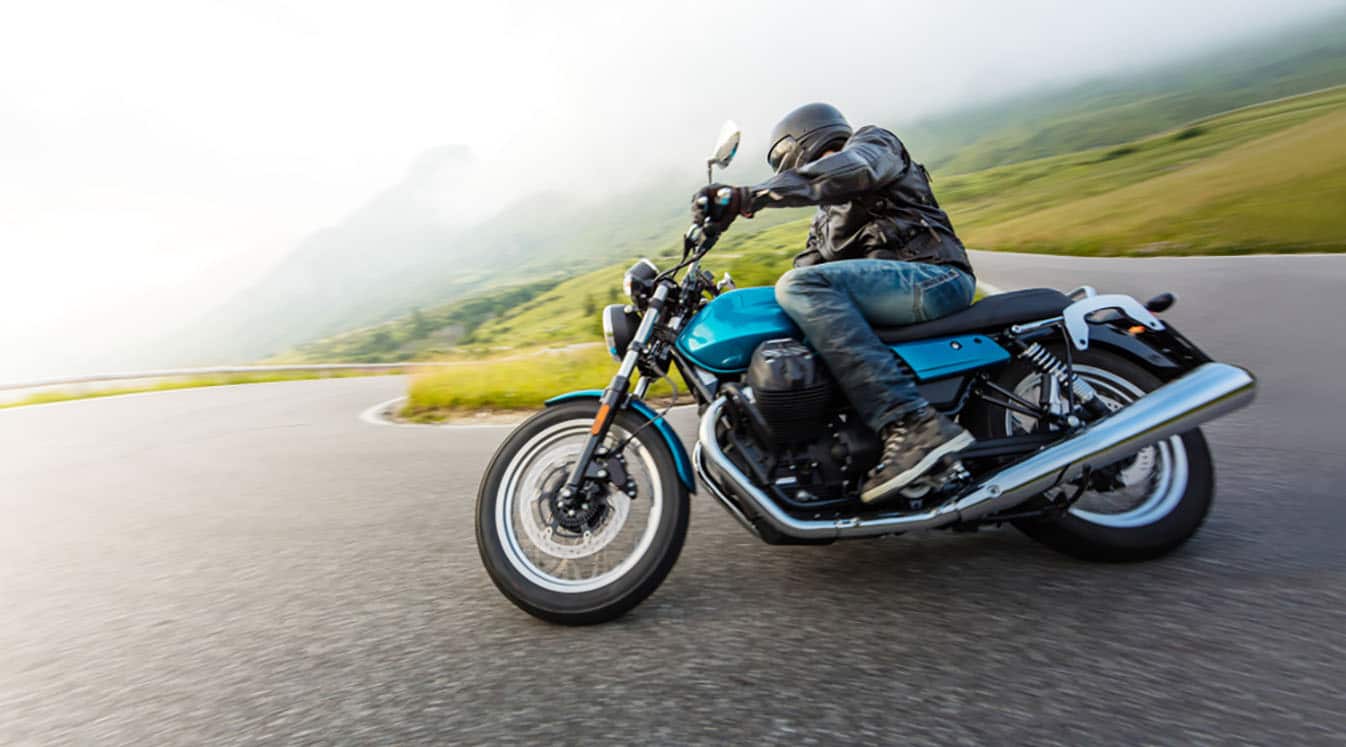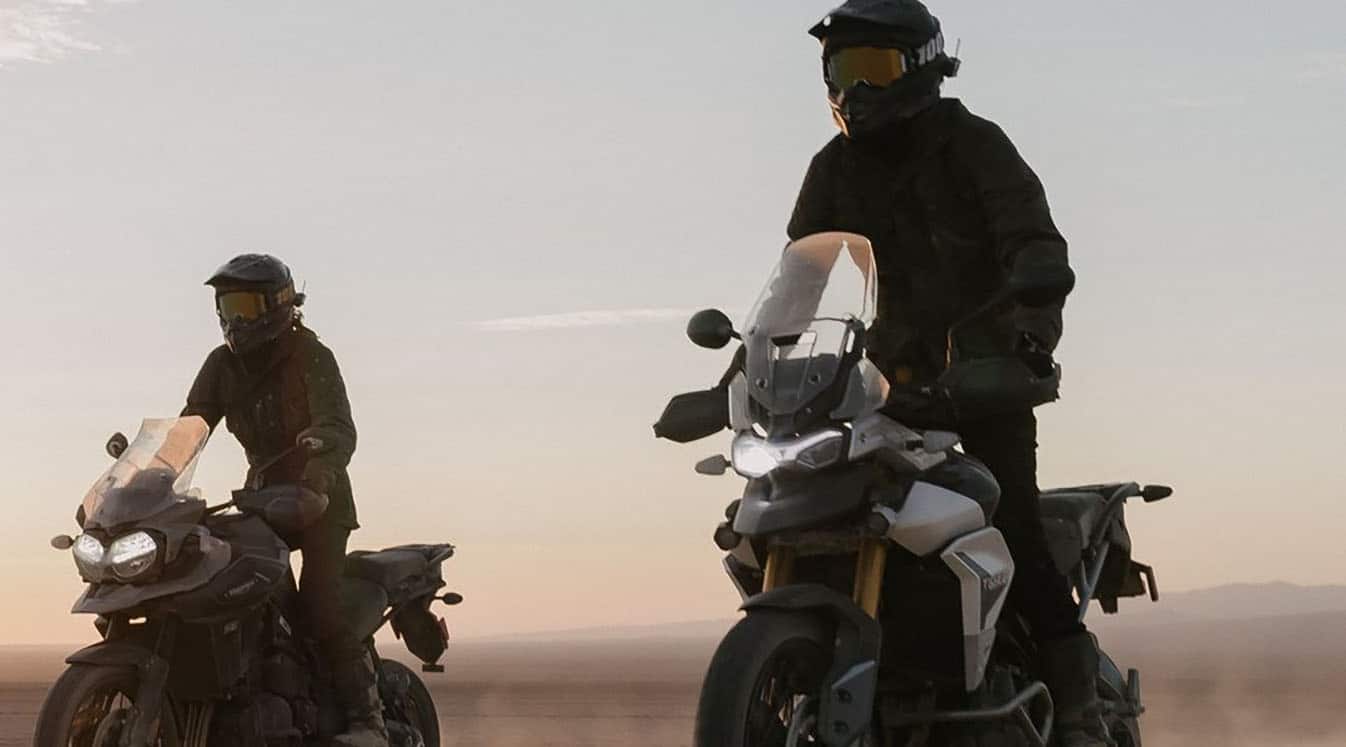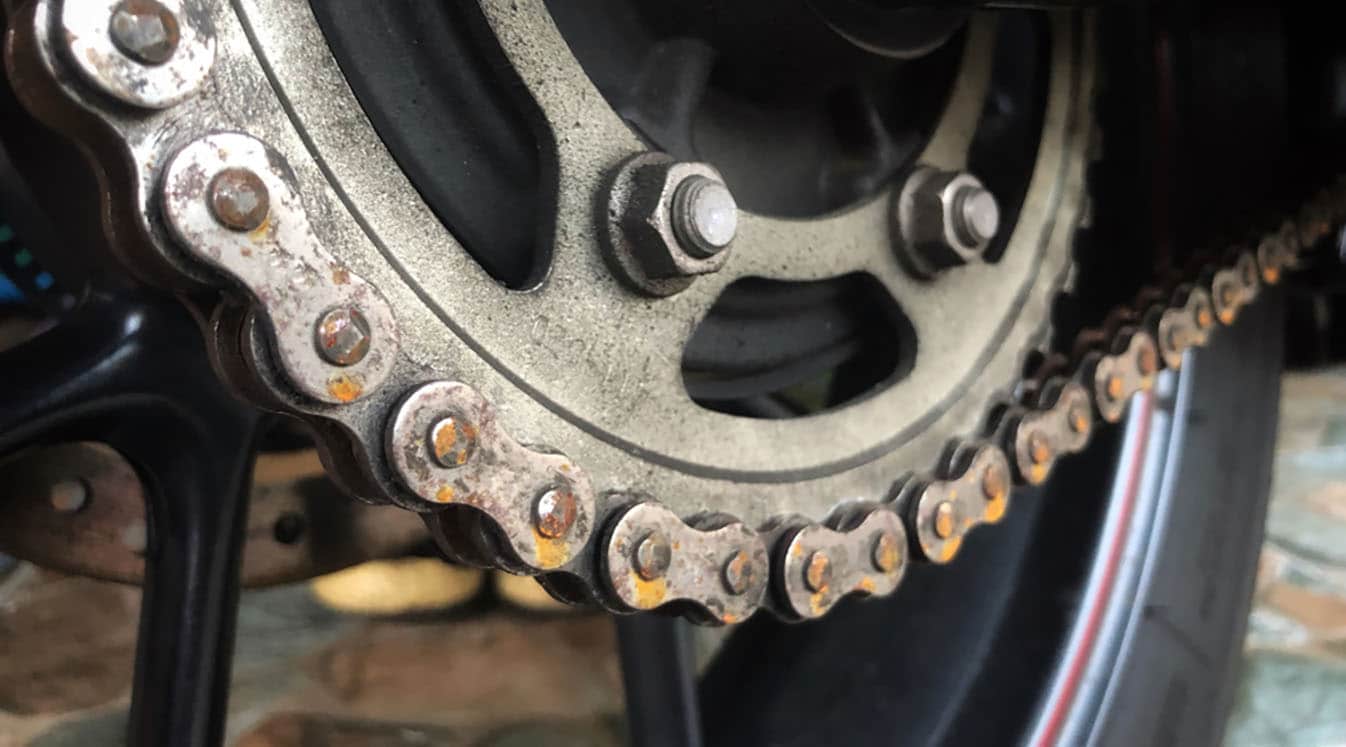Trail braking is a common riding technique that can help you tackle turns on the road. It’s mostly used by more advanced riders, but everyone should know how to trail brake – regardless of their experience level. It will also come in handy when exploring new routes and trails, especially those with sharp turns and steep inclines. Learn how to master the art of trail braking to master every turn that comes your way.
How Does Trail Braking Work?
It’s always important to brake when taking turns. In some cases, you may apply the brakes before turning, but trail braking means gently easing off the brake throughout the turn. Most riders won’t let off the brake until they reach the apex of the turn, but you’ll need to use your judgment based on your timing and speed. You then accelerate as you come out of the turn.
The term gets its name from trailing off the brake. The practice puts more weight on the front tire, which can help you stay in control during the turn. The move compresses the forks for better steering geometry. Your bike will still be decelerating as you change direction, which makes it easier to turn. Keeping your foot on the brake also reduces your response time.
Use a Motorcycle Bluetooth Headset to Stay Safe When Turning
Do You Need to Trail Brake?
There’s an ongoing debate in the motorcycle community on whether trail braking is considered essential. Some argue that only more experienced riders should attempt the move, but others feel it’s a natural part of learning how to ride a motorcycle. Shockingly enough, the Motorcycle Safety Foundation doesn’t include trail braking in its beginner safety course. If you’re just learning how to ride, consider adding trail braking to your list of essentials. Find a more experienced rider who can walk you through the basics.
You might find that you have to continue easing off the brake while turning, especially on the highway. If you brake too suddenly or all at once, you could lose control of the bike or make a mistake while turning.
What Are the Risks?
Poor braking can lead to bad turning. Your bike could easily take a tumble when attempting this technique. The worst thing you can do is abruptly apply the brake mid-turn. This will collapse the geometry of the forks, which could lead to a high-side crash. The front tire could also lock up or tuck under your bike, which leads to a low-side crash.
The risks can be more severe when riding in the rain or on slick roads. Avoid braking too fast to prevent your brakes from freezing up. Start braking sooner to give yourself more time to release the brakes.
Considering the potential for injury, it’s best to use a Bluetooth motorcycle headset that supports hands-free calling so you can quickly alert your loved ones or the local authorities.
Ready to Try Trail Braking? Find a Bluetooth Motorcycle Helmet First
Learning How to Trail Brake
To get started, get on your motorcycle with the engine switched off. Put your foot on the brake until you hear a click, which is the sound of your tail light coming on. Keep your hands on the brake and try rolling your motorcycle forward and back. Look for the sweet spot where you can roll the bike while still feeling the resistance of the brake pads. This will help you get a sense of how much pressure you need to apply when taking the turn. Avoid hitting the brakes too hard or the tire could tuck under your bike or lose traction.
It’s important to remember to do most of your braking before you enter the turn. You can still ease off your brakes with just a little bit of pressure. You should never add brake pressure during the turn.
When you get a feel for your motorcycle’s braking system, you can practice taking a series of turns using this technique. Push down on the brakes as you approach the turn. You should reach around 50 percent brake pressure when the turn starts. Continue taking your foot off the brakes until you reach the apex of the turn. Bring along a more experienced driver who can help you execute the move.
Trail braking should help you master turns, not jeopardize your safety.
Helmet communication is key when practicing new moves and techniques. Use a Bluetooth motorcycle helmet that covers your face without limiting your ability to listen to audio on the road. You might need to use your GPS or call a fellow rider when taking long road trips or exploring new destinations. Find a helmet with built-in Bluetooth motorcycle speakers that can wirelessly communicate with your phone or portable device.





